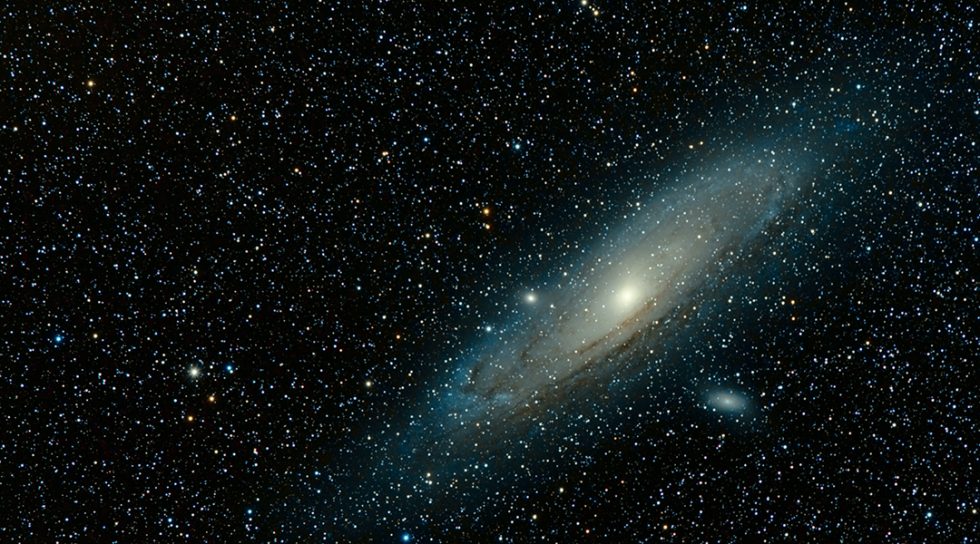
Alternative Theories of Gravity: An In-Depth Exploration
Gravity has long been a fundamental force in physics, traditionally described by Isaac Newton’s law of universal gravitation and later refined by Albert Einstein’s theory of general relativity. While general relativity has been remarkably successful in explaining a wide range of phenomena, it faces challenges, particularly in cosmology and astrophysics. This has led to the development of several alternative theories of gravity. Below, we will explore some of the most prominent alternatives in detail.
1. Modified Newtonian Dynamics (MOND)
Overview:Proposed by Mordehai Milgrom in the early 1980s, MOND seeks to explain the observed rotation curves of galaxies without invoking dark matter. According to Newtonian dynamics, the velocity of stars should decrease with distance from the galactic center. However, observations show that stars at the edges of galaxies rotate at unexpectedly high speeds.
Key Concepts:- Acceleration Threshold: MOND posits that below a certain acceleration threshold (approximately
10^{-10} \, \text{m/s}^2), the effective gravitational force deviates from Newton's law. - Modification of Gravity: In low-acceleration regimes, gravitational attraction increases, leading to higher rotational velocities for distant stars.
MOND successfully explains many galactic phenomena and provides a simpler framework without requiring dark matter. However, it struggles with large-scale structures and cosmological observations.
2. Brans-Dicke Theory
Overview:Developed by Carl Brans and Robert Dicke in 1961, this scalar-tensor theory modifies general relativity by introducing a scalar field that couples to gravity. It is rooted in Mach's principle, which suggests that local physical laws are influenced by the mass distribution in the universe.
Key Concepts:- Scalar Field: The gravitational interaction is mediated not just by spacetime curvature but also by a scalar field that varies with energy density.
- Variable Gravitational Constant: The strength of gravity can change depending on the distribution of matter in the universe.
Brans-Dicke theory offers a framework for understanding varying gravitational effects and has implications for cosmological models. However, it has not been as widely accepted as general relativity due to its complexity and lack of empirical support.
3. Teleparallel Gravity
Overview:Teleparallel gravity is an alternative formulation that describes gravity as a force rather than a curvature of spacetime. It was developed in the early 20th century but gained renewed interest in recent years.
Key Concepts:- Weitzenböck Connection: Instead of using the Levi-Civita connection (which describes curvature), teleparallel gravity uses a flat connection to describe parallel transport.
- Gravitational Force: It treats gravity as a force resulting from torsion rather than curvature, providing a different perspective on gravitational interactions.
Teleparallel gravity can potentially resolve issues related to cosmic expansion and dark energy. It offers a different approach to understanding gravity but requires further investigation to establish its validity against observational data.
4. Emergent Gravity
Overview:Proposed by Erik Verlinde in 2010, emergent gravity suggests that gravity is not a fundamental force but an emergent phenomenon arising from microscopic degrees of freedom related to information theory.
Key Concepts:- Information Theory: Gravity emerges from changes in entropy associated with information storage at the microscopic level.
- Dark Matter Explanation: This theory aims to explain dark matter effects through emergent phenomena rather than additional particles.
Emergent gravity provides an intriguing perspective on gravitational interactions and could potentially offer solutions to longstanding problems in cosmology. However, it remains speculative and requires rigorous testing against empirical data.
Reaction to Alternative Theories of Gravity
The exploration of alternative theories of gravity is both exciting and essential for advancing our understanding of the universe. Here are some reflections on their significance:
Scientific Innovation
The pursuit of alternative theories demonstrates the dynamic nature of scientific inquiry. As new observational data emerges—such as those from advanced telescopes like the James Webb Space Telescope—scientists are prompted to rethink established theories and consider new frameworks that might better explain complex phenomena.
Challenges to Established Paradigms
While general relativity has stood the test of time, alternative theories challenge us to reconsider our assumptions about fundamental forces. This critical examination fosters innovation and may lead to breakthroughs that enhance our understanding of gravity and its role in shaping the cosmos.
Empirical Validation
The ultimate test for any scientific theory lies in its ability to make accurate predictions that can be empirically validated. While alternative theories like MOND have shown promise in specific contexts (e.g., galaxy rotation), they must be rigorously tested against a wide range of astronomical observations before they can be considered viable replacements for general relativity.
Conclusion
In summary, alternative theories of gravity provide valuable insights into unresolved questions in physics and cosmology. They encourage ongoing research and dialogue within the scientific community, ultimately contributing to a deeper understanding of one of nature's most fundamental forces. As we continue to gather data from cutting-edge astronomical instruments, these theories will play a crucial role in shaping our comprehension of the universe's structure and evolution.